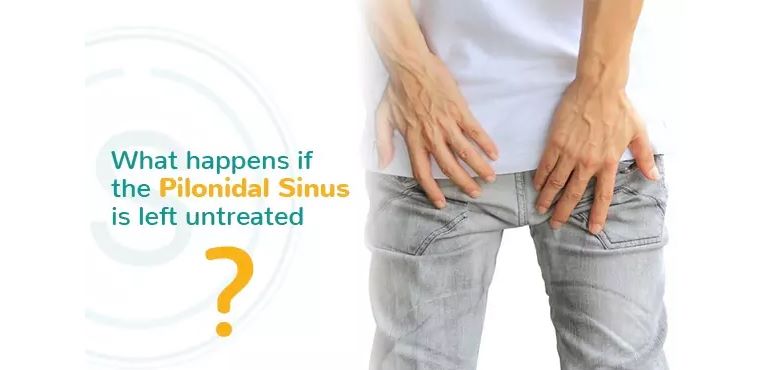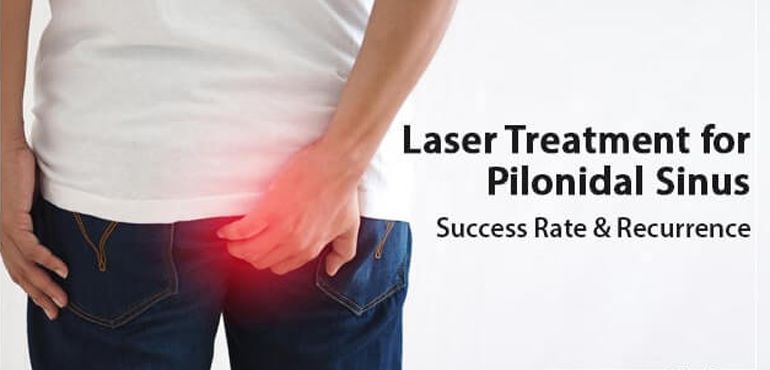
PILONIDAL SINUS
Pilonidal sinus is a small hole or tunnel in the skin. It may be filled with fluid or pus forming an abscess. It is seen in the cleft between the top of buttocks. The sinus usually contains hairs and other debris. It causes recurrent pain and discharge due to repeated infections. Occasionally it may ooze foul smelling pus and blood. The disease is seen more often in men, usually young adults who have prolong sitting jobs. Although the exact cause is not known but activities like prolong sitting which involves local friction result in hair breakdown and deposition with cyst formation around hairs. These then get recurrent infections with multiple openings.
Usual complains of the patient is local swelling with pain while sitting. They may also give history of recurrent pus or blood discharge. On examination one can see multiple skin holes around the cyst in the cleft
There are several methods of treating pilonidal sinus, depending on the severity of the condition and the patient's individual needs
- Observation and hygiene: In mild cases, observation and maintaining good hygiene may be enough to manage the condition. Patients may be advised to keep the affected area clean, dry, and free from hair, and to avoid sitting for extended periods.
- Antibiotics: If the pilonidal sinus becomes infected, antibiotics may be prescribed to help clear the infection and prevent it from spreading.
- Incision and drainage: In some cases, the pilonidal sinus may need to be drained surgically. This involves making a small incision in the skin and draining any fluid or pus that has accumulated.
- Excision and healing by secondary intention: In more severe cases, surgical excision of the pilonidal sinus may be necessary. This involves removing the affected tissue and allowing the wound to heal naturally over time.
- Flap procedures: Flap procedures involve taking tissue from one area of the body and using it to cover the surgical wound. This can help to promote healing and reduce the risk of recurrence.
- Laser treatment: Laser treatment is a minimally invasive procedure that uses a focused beam of light to target the affected tissue. This can be effective in treating pilonidal sinus, with reduced post-operative pain and a shorter recovery period.
- VAAFT assisted Laser therapy: This is the state of art method where LASER energy is delivered to the pilonidal sinus after debriding the dead tissue in the sinus under vision in a minimally invasive manner with the help of specialised video-endoscope. The procedure has an advantage of minimal pain, quick healing and early return to job.
The choice of treatment for pilonidal sinus will depend on a range of factors, including the severity of the condition, the patient's individual needs and preferences, and the expertise of the treating physician. In most cases, a combination of approaches may be necessary to manage the condition effectively and prevent recurrence


